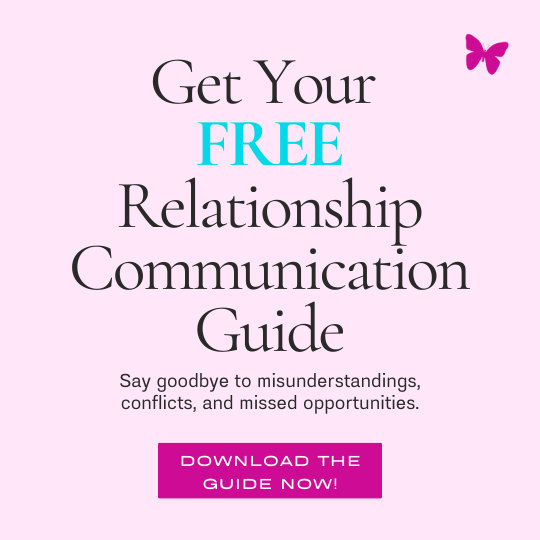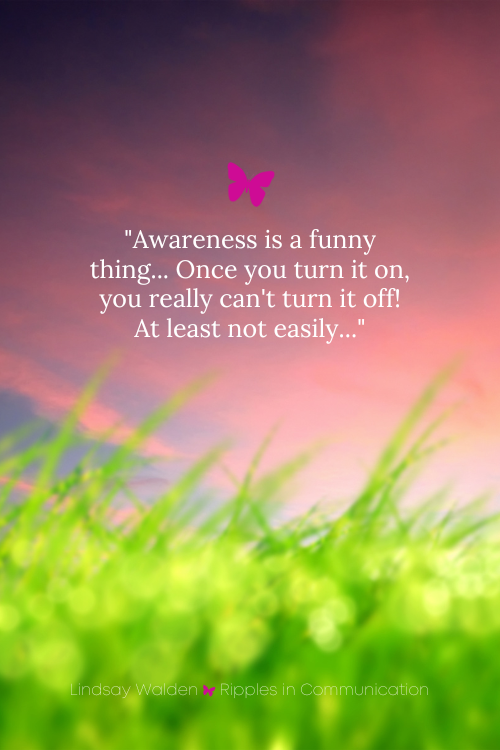How to Heal Your Relationship Using Cognitive Neuro Therapy
Julia and Donald’s Journey to an Intentional, Cognitively Developed Relationship
Julia and Donald had been together for nearly a decade. On the surface, their life seemed pretty fabulous. They had a comfortable home, fulfilling careers, and a close-knit group of friends. But underneath it all, their relationship had been slowly eroding. Misunderstandings became frequent, and unresolved conflicts piled up like residue that needed to be scraped off. They found themselves drifting apart, both emotionally and physically.
Tired of letting your emotions take over?
Ready to break free from emotional overwhelm and take control?
Discover your Emotional Neutrality Score in just 7 questions! Are you mastering your emotions or getting lost in the heat of the moment? Get a FREE all-in-one eBook that includes a quiz to assess your Emotional Neutrality Score, along with personalized insights and actionable strategies to help you gain clarity, communicate better, and build stronger relationships—starting today!
CLICK THE BUTTON BELOW to enter your email and receive your downloadable guide with everything you need to take the quiz, understand your score, and improve your Emotional Neutrality!
Feeling the weight of their disconnection, Julia and Donald decided to seek help. Traditional couples therapy had been helpful to an extent, but they both felt something was missing. They wanted more than just temporary fixes; they needed a deeper understanding of why they kept getting stuck in the same old patterns. That’s when they stumbled upon Cognitive Neuro Therapy, a modality that integrates neuroscience, psychology, and psychotherapy to address the root causes of emotional and relational issues.
This approach resonated with them because it promised to help them reset their relationship and learn tools to stay connected going forward. They were ready to dive in and see what Cognitive Neuro Therapy could offer.
4 Core Concepts of Cognitive Neuro Therapy
Cognitive Neuro Therapy is grounded in the principle of emotional neutrality. This concept encourages you to observe your emotions from a distance, allowing you to better understand your feelings without being overwhelmed by them. It’s not about suppressing emotions but rather about creating space between the stimulus and your response, giving you control over how you react.
For Julia and Donald, this approach was different from anything they had tried before. They were intrigued by the idea that their relationship issues could be understood and healed through the lens of brain science, psychology, and psychotherapy, all combined together. They were ready to dig deep and see how their brains were influencing their relationship dynamics.
Fix your relationship with these 4 simple steps using neuroscience. Learn how Cognitive Neuro Therapy can help you and your partner reconnect and create a lasting bond.
Step 1: Understanding Neuroscience and Emotional Patterns
The first step in their journey was to understand the neuroscience behind their emotional responses. With my guidance, Julia and Donald explored how their brains processed emotions, particularly during conflicts. They learned that during arguments, their brains would often switch into a fight-or-flight mode, making it difficult to communicate effectively. This understanding was a game-changer for them because it helped them realize that their reactions were not just emotional but also deeply rooted in their brain’s wiring.
We used techniques like mindfulness and biofeedback to help them identify the triggers that would set off these automatic responses. For instance, they noticed that certain phrases or tones of voice could immediately put them on the defensive. By becoming aware of these triggers, they could start to interrupt the cycle of negative interactions before it escalated.
Awareness is a funny thing... Once you turn it on, you really can't turn it off! At least not easily. This newfound awareness was the first step toward breaking the cycle of negative interactions that had been plaguing their relationship.
Step 2: Rewiring the Brain for Healthier Interactions
Once they had a clear understanding of their emotional patterns, Julia and Donald moved on to the next step: rewiring their brains for healthier interactions. Cognitive Neuro Therapy emphasizes the brain’s plasticity—the ability to change and adapt based on new experiences.
Through regular exercises, such as cognitive restructuring and neuroplasticity-focused activities, they began to replace their old, harmful patterns with new, healthier ones. For instance, instead of immediately reacting with anger during a disagreement, they practiced pausing, taking deep breaths, and responding from a place of understanding and calm. This wasn’t easy at first—it took practice and patience. But over time, these new patterns became more natural, leading to fewer conflicts and more productive conversations.
They also learned how to communicate more effectively, not just in the heat of the moment, but in everyday interactions. They practiced active listening, validating each other’s feelings, and expressing their needs clearly. These changes didn’t happen overnight, but as they continued to work on it, they noticed a significant shift in their relationship.
Awareness is key to transformation. See how Cognitive Neuro Therapy helps you stay mindful and engaged in your relationship journey.
Step 3: Building an Intentional Relationship
With their brains on a healthier track, Julia and Donald began to focus on building an intentional relationship. This step involved setting clear, mutual goals for their relationship, aligned with their core values and needs. They worked on creating a shared vision for their future, which included how they wanted to communicate, resolve conflicts, and support each other’s personal growth.
At this stage, Cognitive Neuro Therapy helped them integrate psychological principles into their relationship. We explored how their individual past experiences, including childhood attachments and previous relationships, influenced their current dynamics and attachment styles. Understanding these factors allowed them to approach each other with more empathy and compassion.
For example, Julia realized that her tendency to withdraw during conflicts was linked to a fear of abandonment that stemmed from her childhood. Donald, on the other hand, recognized that his need to control situations was a defense mechanism he had developed to cope with feelings of insecurity. By understanding these underlying issues, they could start to work through them together, rather than letting them drive a wedge between them.
Step 4: Maintaining Emotional Neutrality
The final step in their journey was to maintain emotional neutrality. Julia and Donald learned that emotional neutrality didn’t mean suppressing their emotions but rather developing a balanced approach to their feelings. They practiced observing their emotions without judgment, allowing them to respond rather than react.
This approach also included regular check-ins with each other, where they could discuss any emerging issues without the heat of the moment. These conversations helped them maintain their emotional connection and address potential problems before they escalated.
In addition to these regular check-ins, they also made a habit of practicing mindfulness together. Whether it was through meditation, deep breathing exercises, or simply taking a walk together in silence, these moments of mindfulness helped them stay grounded and connected.
The Outcome: A Renewed and Intentional Partnership
Through their journey with Cognitive Neuro Therapy, Julia and Donald transformed their relationship. They moved from a place of disconnection and frustration to one of understanding, empathy, and intentionality. By combining the insights of neuroscience with the principles of psychology and psychotherapy, they built a partnership that was not just healed but also resilient and purposeful.
Today, Julia and Donald continue to use the tools they learned through Cognitive Neuro Therapy to nurture their relationship. They have learned that healing is not a one-time event but an ongoing process that requires intention, effort, and the right tools.
Their story is a testament to the power of integrating neuroscience and psychology in relationships, proving that with the right approach, it is possible to heal and build a deeply fulfilling partnership. They discovered that true connection comes not just from working on the surface issues, but from understanding and addressing the deeper, underlying patterns that shape their interactions.
If you find yourself struggling with similar challenges in your relationship, or if you feel like traditional therapy hasn’t quite gotten you the results you’re looking for, Cognitive Neuro Therapy might be the answer. It’s not just about fixing what’s broken; it’s about creating something new and beautiful from the ground up, based on a deep understanding of how your brain and emotions work together.
Healing, connection, and lasting change are possible—and they might be closer than you think. If you’re ready to start your journey toward a more intentional, fulfilling relationship, reach out and let’s explore how Cognitive Neuro Therapy can help you get there.
Discover how one simple mindset shift can transform conflict into connection in your relationship. Learn the power of pausing and speaking with intention to create deeper, more meaningful interactions with your partner.








